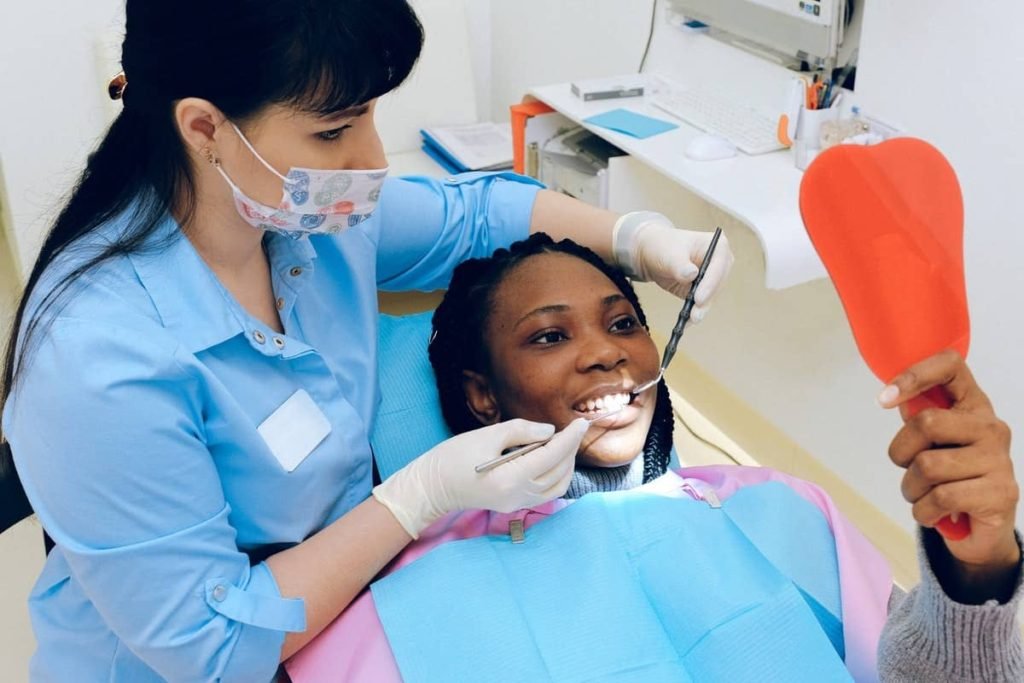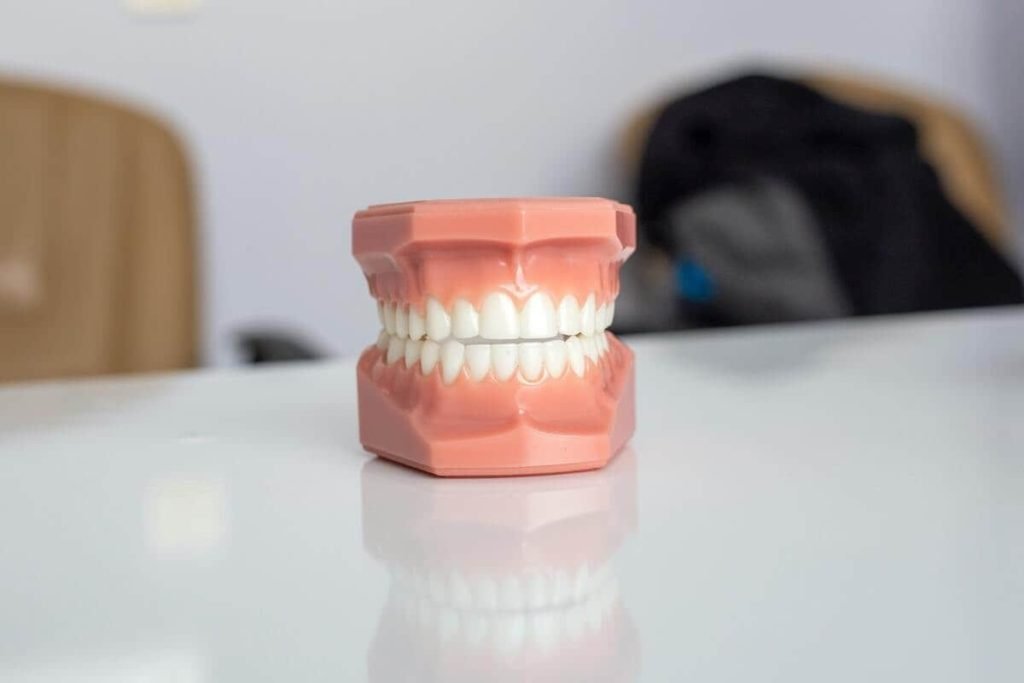Dental implants Windsor are an option for replacing a patient’s teeth. They can be used in several different circumstances. Whether there is just one tooth missing, a full arch or even a whole mouth, these implants can be utilised as replacements. They are perhaps lesser known than dentures and bridges due to being a more modern approach to restoring teeth. This article will explore the different components which make up these replacement teeth.
The implanted screw
The screw is created using titanium (which is a non-allergenic material). It is often referred to as ‘the implant’ because it is implanted into the jawbone, where the natural root would usually reside. While healing takes place the jawbone can begin to bond with the screw. This is because the implanted screw stimulates bone growth.
The screw provides a secure anchor for the rest of the prosthetic which can include one or several visible replacements depending on the needs of the patient. It is possible to anchor full arches on as few as four screws (this is of course dependent upon the patient and their particular needs). Contrastingly, just one replacement tooth can be anchored by one screw.
The abutment
The abutment is the portion of the implant which connects the screw to the visible prosthetic. It is made from metal and alongside being inserted into the implanted screw, the abutment serves as the surface which the crown or denture (the visible portion) is adhered to.
Crowns and dentures
Crowns and dentures are both possible options for the visible component of dental prosthetics. A crown is commonly used for individual tooth replacements, although sometimes it may be recommended (or requested) to replace several teeth using crowns. The crowns and dentures are likely to be created out of materials which are adaptable, meaning that in colour, size and shape, they can be adapted to closely match any surrounding natural teeth. Different types of technology can be used to make these adjustments including things such as photographs or impressions. This is dependent upon the dental practice undertaking the treatment.

What are the advantages attributed to choosing dental implants?
There are several benefits which may be attributed to this method of replacing the teeth. As previously mentioned, the implantation of a titanium screw can stimulate bone regrowth. This may be particularly important in cases where tooth loss can be connected to an injury as this bone regrowth can help with the healing process. Another notable advantage is that in size, shape, colour and feel, these tooth replacements can mimic natural teeth. This can increase a patient’s confidence in speech and eating as well as giving them a reason to smile.
Where the correct level of hygiene and cleanliness takes place, implants can be extremely durable. Because of their similarity to natural teeth, cleaning can be done with the patient’s usual level of pressure, without added concern about causing the implant to move. In some circumstances, they may even be a lifelong replacement for the missing tooth or teeth.
As with all dental procedures, an appointment with a trusted dentist is important in order to establish the health of the teeth and mouth in question, and what the most suitable treatment is for the needs at hand.


